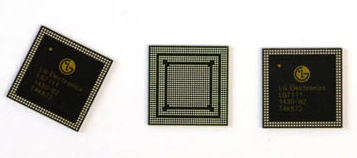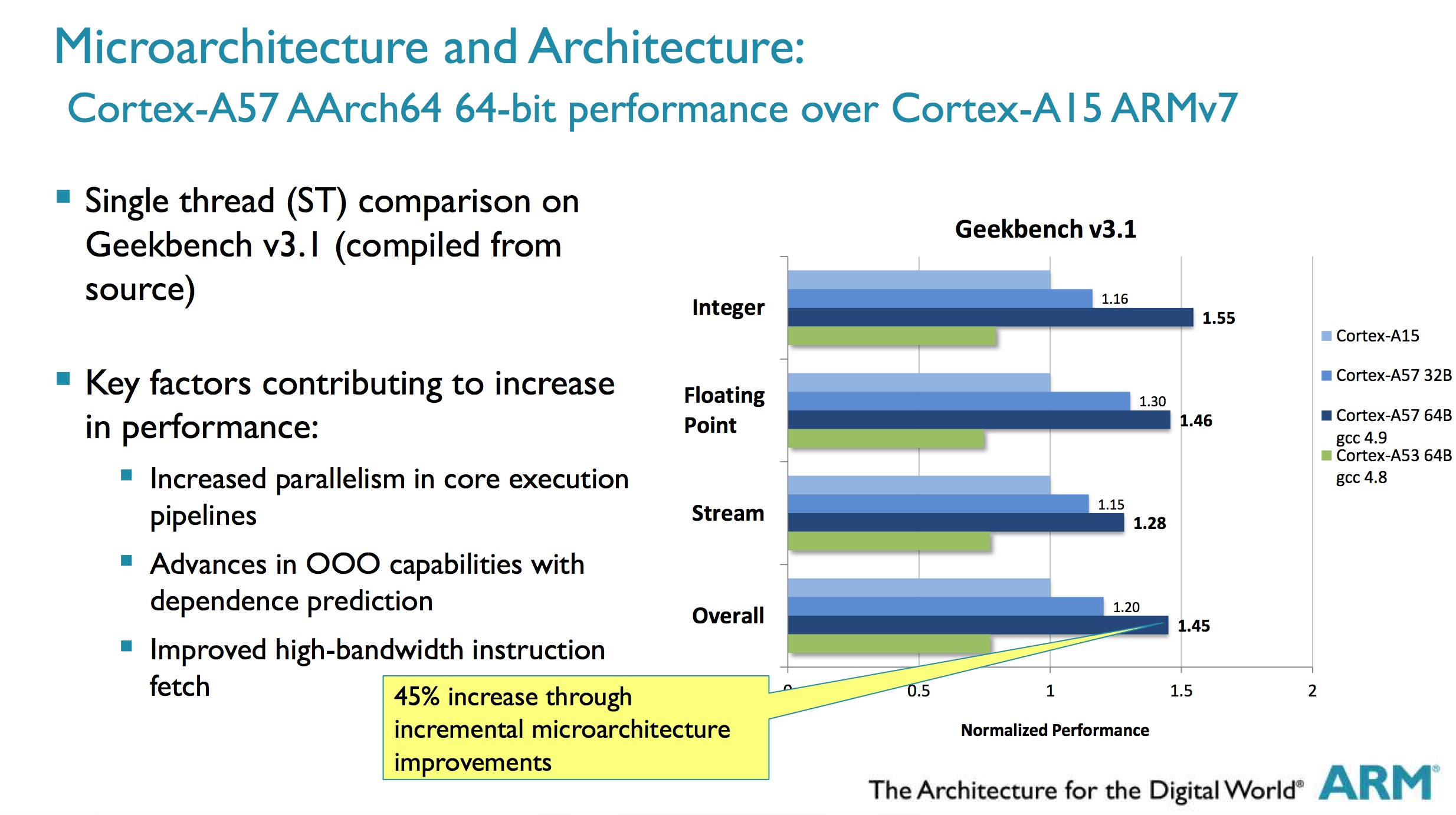NUCLUN, LG's First Mobile SoC, Arrives A Little Too Late

LG has always tried to keep up with Samsung in whatever industry Samsung has been in. One area where it hasn't been competing is in chip design, but LG announced a new application processor built with Cortex A15 and Cortex A7 CPU cores and LTE Cat 6 wireless technology called NUCLUN (likely a play on the word "nucleus," a central part of any mobile device).
The CPU is an octo-core big.LITTLE chip, much like Samsung's Exynos 5 Octa CPU, but with lower clock speeds on the high-end Cortex A15 cores. The Cortex A7 cluster is clocked at 1.2 GHz per core, while the high-end Cortex A15 is clocked at 1.5 GHz.
The LTE download speeds are rated at 225 Mbps, which is faster than we need right now, but it's quite a bit lower than the standardized 300 Mbps for LTE Cat 6.
"NUCLUN opens up a new chapter in LG's history of innovation in the mobile industry," said Dr. Jong-seok Park, president and CEO of LG Electronics Mobile Communications Company. “With this in-house solution, we will be able to achieve better vertical integration and further [diversify] our product strategy against stronger competition. NUCLUN will give us greater flexibility in our mobile strategy going forward."
Unfortunately for LG, the NUCLUN is using two-year-old technology. Cortex A15 and Cortex A7 are late 2012 CPU cores. The new Cortex A57 and Cortex A53, their successors, are not only ready to ship right now, but they're also built on the new ARMv8 architecture, making them even faster and more future-proof, in addition to having extra features such as hardware encryption and support for 4 GB (or more) RAM.
These CPU cores are already used in Samsung's Exynos 5433 (although running in 32-bit mode for now) and in the Exynos 7 Octa, which Samsung has just announced. It seems that what happened here is LG bet on already-old ARM technology when it started building out a SoC, instead of going with whatever was the most cutting edge technology already (or soon to be) available at the time. It's also not clear whether LG is using a 28nm process or the new 20nm, but it's likely the former, putting it at further disadvantage compared to the Exynos 7 Octa.

The chip is supposed to arrive for the first time in the new LG Liger smartphone. The LG Liger is a 5.9" device meant to compete with the likes of the Nexus 6 and Galaxy Note 4. It has a 1080p screen, which probably means LG listened to criticism about its 1440p LG G3 having lower performance and battery life compared to the 1080p LG G2, even though the G3 had a new processor.
Get Tom's Hardware's best news and in-depth reviews, straight to your inbox.
The device also comes with 32 GB of storage by default, 2 GB of RAM, 13 MP rear camera with OIS, 2.1 MP front camera, and a 3,000 mAh battery. It will be running Android KitKat at launch. There's no promise to upgrade it to Lollipop (Android 5.0), but such a high-end device is likely to get the next version of Android, at the very least.
Follow us @tomshardware, on Facebook and on Google+.
Lucian Armasu is a Contributing Writer for Tom's Hardware US. He covers software news and the issues surrounding privacy and security.